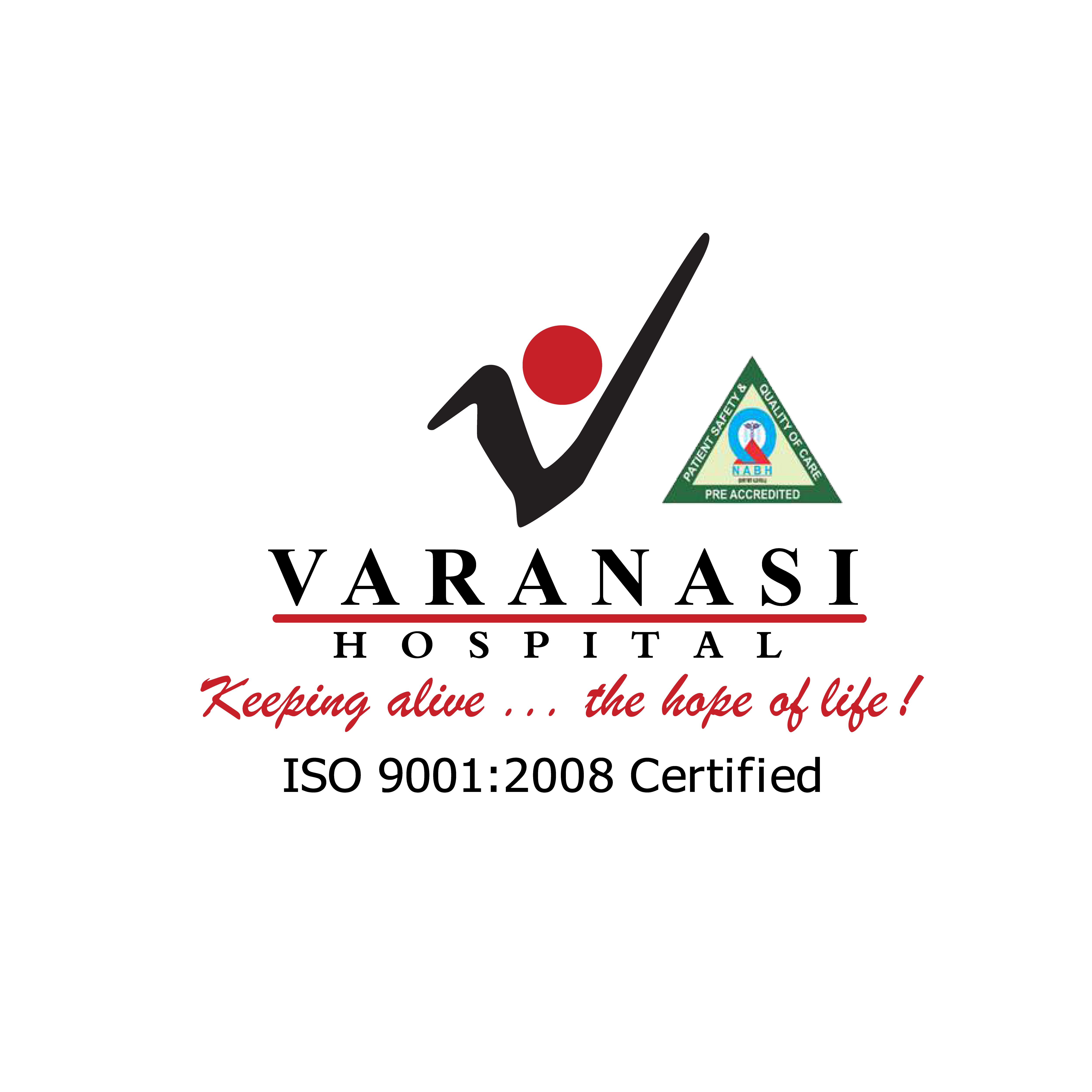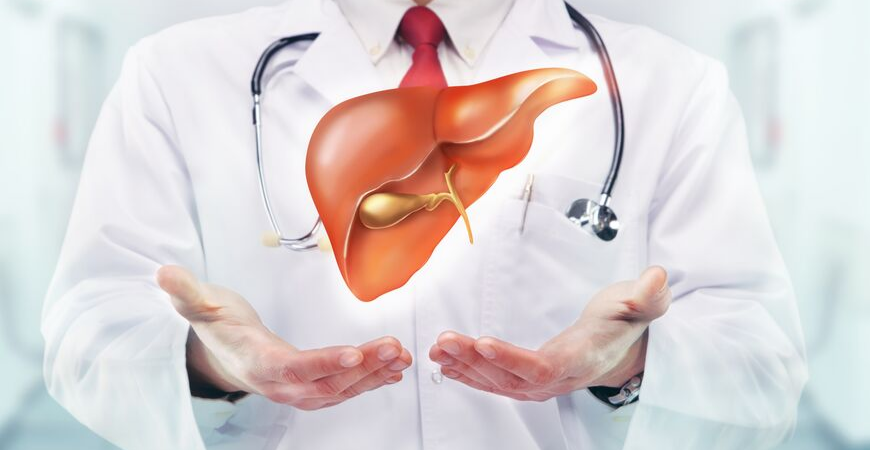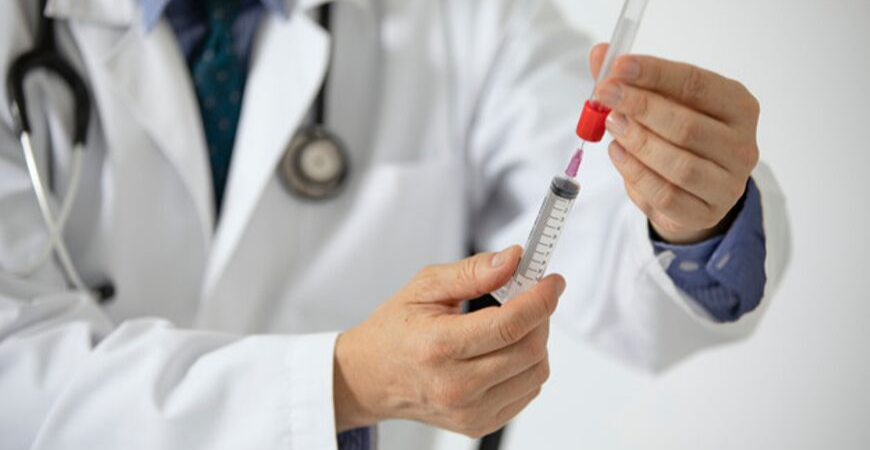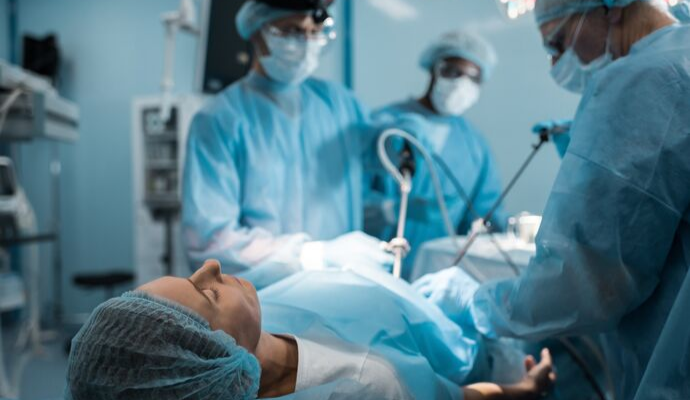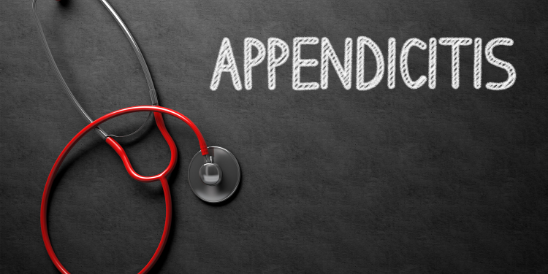Rectal Prolapse: Causes, Symptoms And Treatment
A “prolapse” means when something falls out of its designated place. Rectal prolapse is a medical condition in which the rectum leaves its actual place and comes out through the anus instead. Though not a serious medical emergency, the situation is still bothersome and worrisome.
The person suffering from rectal prolapse feels uncomfortable, embarrassed, and face troubles in carrying out daily activities. There are three types of rectal prolapse as written as follows:
1. Internal Prolapse:
In internal prolapse, the rectum comes out of its position but does not leave through the anus, but rather folds in itself.
2. Partial or Mucosal Prolapse:
During partial or mucosal prolapse, only the rectal lining starts to drop out through the anus.
3. Complete or Full-Thickness Prolapse:
In this prolapse, the rectum entirely comes out through the anus and becomes noticeable.
Since now you know the three general types of rectum prolapse, it is important to know the causes lurking behind this unappealing situation. The causes responsible for rectal prolapse are as follows:
- Chronic constipation and chronic difficulty in bowel movements
- Due to a difficult normal delivery or vaginal birth in women
- Weak rectal and anal muscles mainly because of old age
- Nerve damage due to an injury in the spinal cord
- Genetics.
The signs and symptoms that ensure that your rectum is prolapsed are mentioned as follows:
- A visible reddish bulge protruding out from your anus
- Bleeding rectum
- Constipation
- Chronic diarrhea
- Bowel or anal incontinence (occasional and uncontrollable leakage of stool or liquified feces)
- Mucus coming out from the anus
- Pain and discomfort in the anal region.
An important thing to note is that rectal prolapse and hemorrhoids are completely different medical conditions and thus, should not be confused.
To diagnose rectal prolapse, the doctor performs a rectal exam where you have to pretend that you are trying to pass a bowel movement. The doctor also executes other necessary tests to conclude that you have a prolapsed rectum like- Anal manometry, Proctography (X-Ray for rectum), Anal ultrasound and Colonoscopy. The diagnostic tests vary for each case.
The archetypal treatment for treating rectal prolapse is the surgical method (especially in adults). For children, the pediatrician recommends stool softeners, laxatives, antibiotics (to treat bacterial infection), and sometimes injections. Surgery is very rare and happens when other treatments fail to work.
For adults, the most successful and hence most suggested treatment is laparoscopic rectopexy. In a laparoscopic rectopexy, the laparoscopic surgeon repairs the rectal prolapse by restoring the rectum to its actual location and further making stitches by using surgical mesh to prevent rectum from sticking out of its place.
We, at Varanasi Hospital, provide laparoscopic rectopexy to our patients with a higher success rate. To prevent rectal prolapse avoid straining during your bowel movements, maintain good intestinal health, increase your daily fluid intake, eat lots of fruits and vegetables, exercise regularly, and live a stress-free life.
